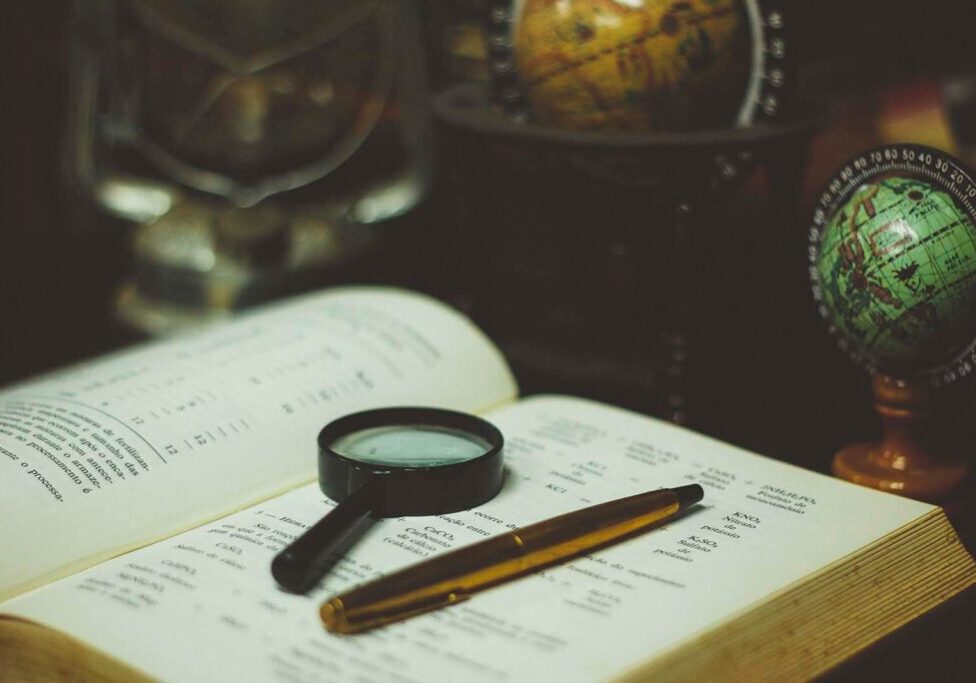Traditional historical vs. VWAP volatility
Infinite Equity is introducing innovative new thought leadership on the financial theory around determining historical volatility for purposes of ASC718. Introduced in the Research Brief, A New Way to Estimate Historical Volatility, and published collectively at www.VWAPVolatility.com, the intent of this Research Brief is to compare actual historical volatility calculations using both the new VWAP Volatility approach (see How to Calculate VWAP Volatility), and the traditional calculation in the marketplace of using closing prices. In doing so, we calculated volatility for the S&P 500, as constituted on 1/1/2021, for various durations ranging from 3 to 10 years.
Effect on Historical Volatility Calculations
The following, Table 1, summarizes the 488 companies of the S&P 500 that have 5 years of historical data as of 12/31/2020.
| Table 1: 5 Year Volatilities as of 12/31/2020 of the S&P500 | ||||
|---|---|---|---|---|
| Closing Volatility | VWAP Volatility | Basis Points Change | Percentage Change | |
| 10th Percentile | 24.36% | 20.59% | -3.77% | -15.47% |
| 25th Percentile | 26.88% | 23.03% | -3.85% | -14.33% |
| Median | 30.80% | 27.01% | -3.80% | -12.33% |
| Average | 33.08% | 29.03% | -4.06% | -12.26% |
| 75th Percentile | 37.45% | 33.12% | -4.33% | -11.56% |
| 90th Percentile | 43.99% | 39.42% | -4.57% | -10.39% |
Of note, VWAP volatility tends to have about a 400-basis point reduction in volatility (or about a 12% reduction in expected volatility).
In Table 2 below, we summarize closing volatility compared to VWAP volatility for varying historical lookbacks.
| Table 2: Median Close vs. Median VWAP with Varying Historical Lookback | ||||||||
|---|---|---|---|---|---|---|---|---|
| Lookback | 3 | 4 | 5 | 6 | 7 | 8 | 9 | 10 |
| Companies | 493 | 491 | 488 | 484 | 478 | 468 | 463 | 454 |
| Median Close | 35.24% | 32.19% | 30.80% | 29.79% | 28.74% | 28.02% | 27.66% | 28.34% |
| Median VWAP | 30.62% | 28.08% | 27.01% | 26.30% | 25.36% | 24.77% | 24.37% | 24.85% |
| BP Change | -4.62% | -4.11% | -3.80% | -3.49% | -3.38% | -3.25% | -3.29% | -3.49% |
| % Change | -13.11% | -12.77% | -12.33% | -11.71% | -11.77% | -11.60% | -11.88% | -12.31% |
Of note, the change in volatility calculation does not differ materially by the period of lookback ranging from 3 years to 10 years. Column 5 is highlighted as 5 years is an approximate estimate for what most companies use in the marketplace.
The following, Table 3, illustrates the range of reductions for the 488 companies with 5 years of historical data.
| Table 3: Distribution of Change of VWAP against Closing | |
|---|---|
| Distribution of Change | Number |
| 20% Reduction or More | 8 |
| 15-20% Reduction | 108 |
| 10-15% Reduction | 259 |
| 5-10% Reduction | 106 |
| 5-10% Reduction | 5 |
| 5-10% Reduction | 2 |
| TOTAL | 488 |
Effect on the Fair Value of Stock Options
As volatility decreases, the value of an employee stock option also decreases. The following, Table 4, is intended to illustrate the magnitude of change the VWAP volatility creates as compared to the closing volatility, when ranging from 3 to 10 year lives.
| Table 4: Fair Value Change: VWAP vs. Closing Volatility | ||||||||
|---|---|---|---|---|---|---|---|---|
| Lookback | 3 | 4 | 5 | 6 | 7 | 8 | 9 | 10 |
| Stock Price | $100 | $100 | $100 | $100 | $100 | $100 | $100 | $100 |
| Strike Price | $100 | $100 | $100 | $100 | $100 | $100 | $100 | $100 |
| Risk Free Rate | 0.35% | 0.61% | 0.83% | 1.11% | 1.34% | 1.45% | 1.57% | 1.68% |
| VWAP Volatility | 30.62% | 28.08% | 27.01% | 26.30% | 25.36% | 24.77% | 24.37% | 24.85% |
| Closing Volatility | 35.24% | 32.19% | 30.80% | 29.79% | 28.74% | 28.02% | 27.66% | 28.34% |
| Dividend Yield | 0.00% | 0.00% | 0.00% | 0.00% | 0.00% | 0.00% | 0.00% | 0.00% |
| Fair Value Change | -12.50% | -11.80% | -11.00% | -10.00% | -9.60% | -9.10% | -9.00% | -9.00% |
Next Steps
We believe that the calculation of a VWAP volatility is a refined estimate of historical volatility. Given some of the extreme volatility seen in the marketplace today due to influences like algorithmic trading, social media, the rebalancing of institutional investor portfolios, we believe that the closing price can no longer be seen as the most reliable approach for calculating historical volatility. Further, with advances in computational capabilities, we believe that the VWAP volatility should be one of the considered alternatives in selecting your process for estimating volatility.
For an estimate of how the VWAP volatility compares to a traditional historical volatility or to know if VWAP Volatility is better for you, please reach out to your Infinite Equity consultant. Please see more research from Infinite Equity at www.VWAPVolatility.com. Or develop your own VWAP volatility using our complimentary calculator at www.VWAPVolatility.com.



